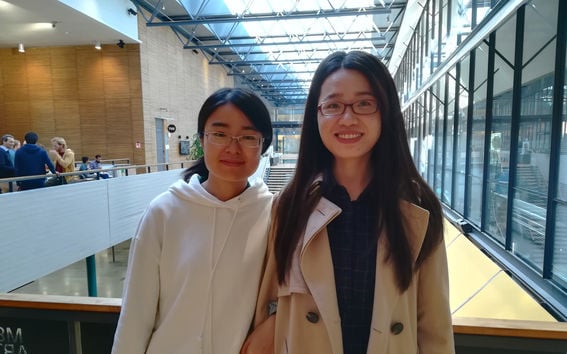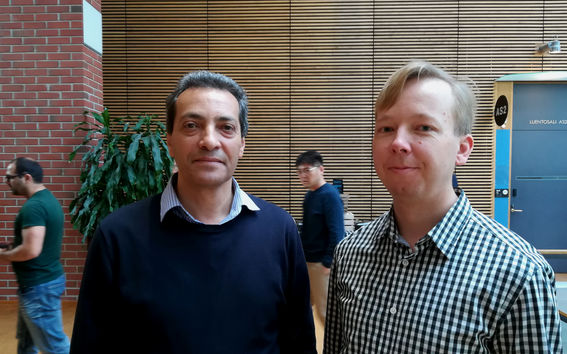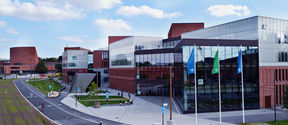One-week course in rotordynamics receives more participants from the industry than in the previous years

Electrical motors and generators are rotating machines that require well-functioning rotordynamics for high performance and reliability. Typical examples are power plant generators and turbines, as well as smaller equipment such as piston pumps and their engines. A one-week course organised by the School of Electrical Engineering in early September welcomed 41 participants to learn about lateral rotordynamics of these electrical machines based on two disciplines, mechanics and electromagnetics.
“The aim of the course is that after completing it, the participants get an overview of rotordynamics, are ready to carry out simple rotordynamic analyses, and are capable of critically reviewing analysis reports circulated in the industry”, says Anouar Belahcen, professor in the Department of Electrical Engineering and Automation and organizer of the course.
Consisting of lectures by internationally recognised lecturers indluding Prof. Dr.-Ing. Rainer Nordmann and Prof. Dr.-Ing. Ulrich Werner, and exercise sessions for applying the theory in practice, the course counts for five credits for those who complete the practical work, while others receive a course certificate.
The semiannual course, open for both PhD students and graduates who are working in the industry, received this year more participants from the industry than in the previous years, many of whom had come from abroad.
Huanwen Xie and Changting Chen (in the main picture), who are working with motor and generator performance design at ABB in China, were pleased with what they had learned during the course: “Basically, every lecture gave some new knowledge, especially about electrical engineering, because we are both mechanical engineers by education. Discussions with other participants and the professors were also an opportunity to learn more about the topic.”
Vesa Hölttä, Product Development Engineer at Sulzer, who is working with compressors, joined the course to get an overall picture of rotordynamics. “I feel that the lectures were really useful for my work, and the course taught me some details that were not that clear to me before. I would recommend this course to anyone who is working with these topics and wishes to get a cross-disciplinary approach to rotordynamics,” says Vesa.

The next PhD course is scheduled for May 2019 and the topic will be “Superconducting Materials and Applications”. “We hope to see active participation both from PhD students and the industry in the next round, as well,” says Anouar Belahcen.
Text and photos: Silja Kaurala
Read more news

DeployAI Partners Gather for Heart Beat Meeting in Helsinki
The European DeployAI project's partners gathered for the Heart Beat meeting hosted by Aalto University Executive Education in Helsinki.
Online AI course could boost study equality
Students at the School of Business believe that mastering Artificial Intelligence (AI) can be beneficial for both academic success and career prospects, as AI becomes increasingly integrated into daily life.
2 027 new students admitted to Aalto University’s Finnish, Swedish bachelor’s programmes
13 500 applied to Aalto University in Finland's spring joint application in 2024